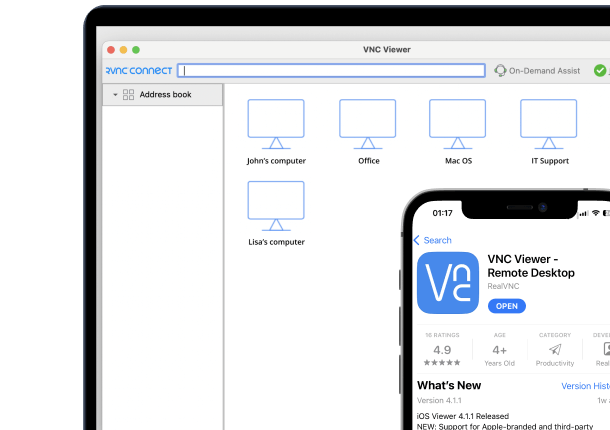One of our recent blog articles discussed the main challenges in switching to a new remote access solution. Different organizations will have different needs when it comes to remote access.
The list of suggestions below, while non-exhaustive, should help get you started. We decided to split it into three categories:
- Essentials – things a remote access solution should under no circumstances be without.
- Nice to have – features you could live without if absolutely necessary; however, their presence would make your life easier.
- Future features – things possibly on the vendor’s roadmap, that could be helpful in the future. The latter might save you from having to shop around for another remote access solution in the future.
So, without further ado, let’s dig into each one of these categories.
Essentials
Things you shouldn’t need to live without in a remote access solution.
Security
You should not implement any remote access solution that doesn’t offer robust security. This includes end-to-end encryption of your data, without even the vendor able to decrypt it. Multifactor authentication needs to be the norm, with robust authentication options. Essentially, you shouldn’t need to trust the vendor to be able to trust the software and services.
Also, a solution isn’t secure because the vendor says it is. They should be able to show you the results of white box security audits and penetration tests, as well as an ISO certification.
Fast, reliable and stable connections
This should go without saying. A remote access solution should be as responsive as if you were in front of the remote machine (or very close). If it lags a lot, it will only cause unnecessary frustration.
To make sure that you’re getting exactly what you’re promised, take a trial and see if the solution performs as intended.
User-friendly Interface
An intuitive and easy-to-navigate interface is a must. This will minimize the learning curve for users. And, while IT staff can get used to more complicated software, a complicated learning curve will lead to a lot of wasted time.
Multiplatform Support
Having multiple solutions for multiple platforms should be out of the question in this day and age. Therefore, your chosen solution needs to be a multiplatform one.
Your staff should be able to access the work machine from their mobile device, for example. And this, in the quickest way possible.
Nice to have
Not essential, but certainly making users’ lives much easier.
Session Recording and Auditing
The ability to record remote sessions for compliance, training, and auditing purposes is essential in some fields. For example, when providing IT support to machines that store sensitive financial or medical data.
Also for auditing purposes, a solution that provides API Access can open up a world of possibilities.
Multi-monitor Support
Enabling remote access to systems that utilize multiple monitors for a more seamless user experience.
Granular Access Control
This is the easiest one to explain when it comes to remote access. Put simply, you want to be able to organize who has access to what. And you want to be able to do it in a very clear fashion, that doesn’t allow for any overlaps which could compromise security.
Future features
Might not be necessary right now, but you’ll want these features on your remote access vendor’s roadmap.
Third parties accessing devices on your network
If your company plans on using a lot of external contractors in the future, this would be very useful. You could give them access to exactly what they need on your servers, with the necessary restrictions.
Flexibility to Start Supporting BYOD devices
In the future, your organization might consider a BYOD (Bring Your Own Device) policy for some (or all) users. A remote access solution that allows you to implement such a policy without compromising when it comes to security would be a very good idea.
Automated Patch Management
Put simply, automatically detecting and applying necessary updates and patches to ensure systems are up-to-date and secure.
You would just need to take a look at the reports from time to time, rather than performing those tasks.
And finally...
Before you switch to a new remote access solution, make sure you go through the list above. Also, if you need any advice, feel free to get in touch with us! We’ll do our best to help you find the best solution for your needs.





